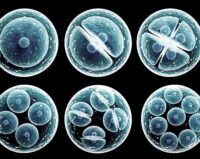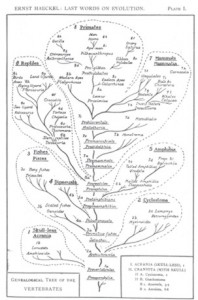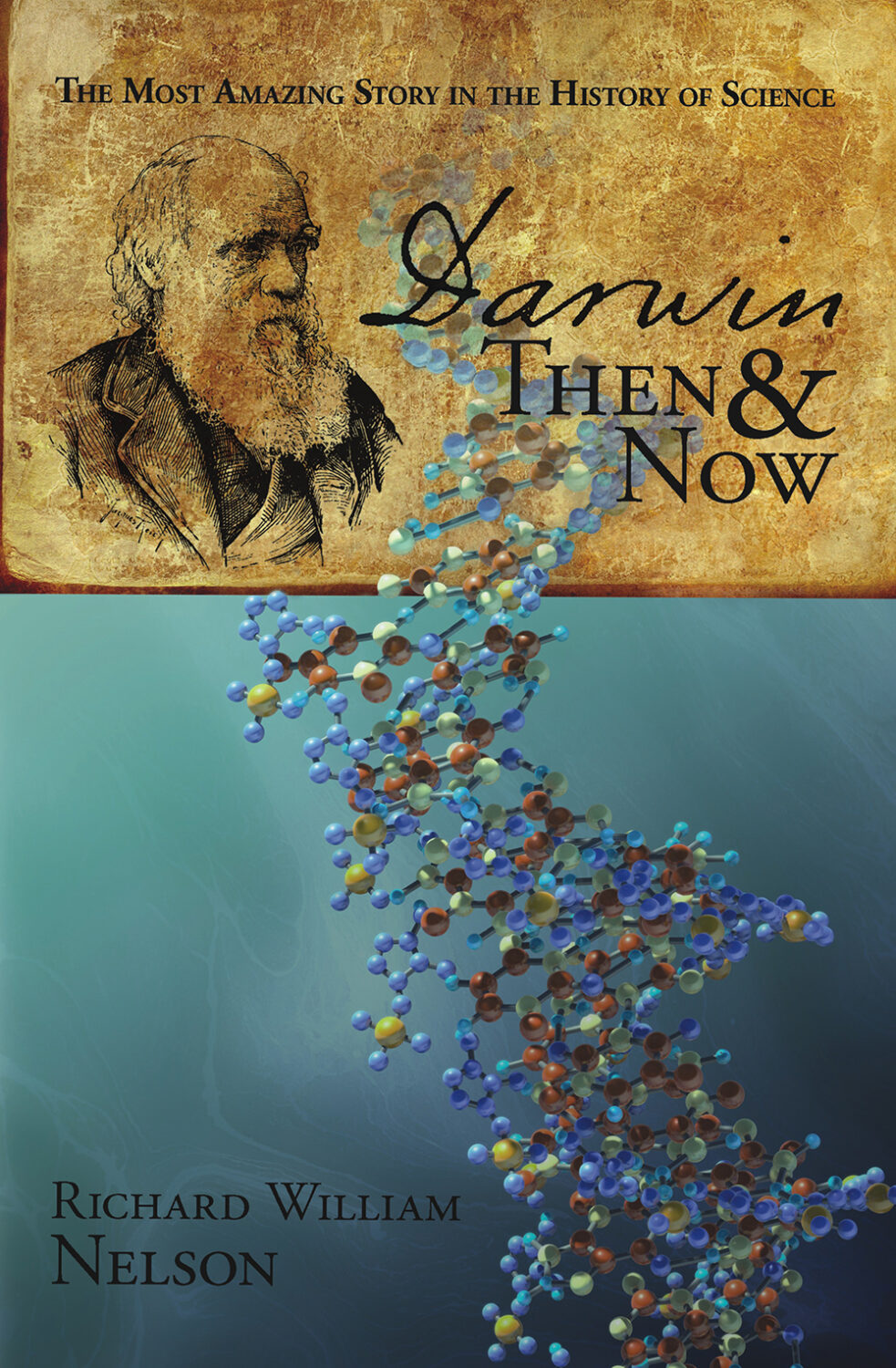 Embryology is the study and analysis of embryos. Ancient Greek philosopher, Aristotle, was the first to study biology systematically, including embryology. Through observation and logic, Aristotle was the first to describe that embryos emerge from undifferentiated material.
Embryology is the study and analysis of embryos. Ancient Greek philosopher, Aristotle, was the first to study biology systematically, including embryology. Through observation and logic, Aristotle was the first to describe that embryos emerge from undifferentiated material.
Centuries later, Charles Darwin ran with Aristotle’s link between embryology and evolution. In The Origin of Species, Darwin argued –
“[The] leading facts in embryology … are second to none in importance.”
Ontogeny
Darwin developed the field of evolutionary embryology by combining the observations of Karl Ernst von Baer and Fritz Müller, as well as the embryo drawings of German biologist Ernst Haeckel. Haeckel coined the now-famous term “ontogeny” and the phrase –
“Ontogeny recapitulates phylogeny.”
Ontogeny refers to the biological process of origination and development from fertilization, while phylogeny implies an evolutionary relationship based on apparent similarities.
In other words, a species’ embryological development (ontogeny) retraces the species’ entire evolutionary development (phylogeny). “Ontogeny recapitulates phylogeny” is like a re-run movie of the species’ evolutionary history within each embryo.
Phylogeny
 Phylogeny infers family relationships comprising Earth’s biosphere – graphically illustrated as a tree (pictured left). While life’s first common ancestor is at the root, the trunk and branches represent its descendants’ successive lineages.
Phylogeny infers family relationships comprising Earth’s biosphere – graphically illustrated as a tree (pictured left). While life’s first common ancestor is at the root, the trunk and branches represent its descendants’ successive lineages.
Diverging branches at the tree nodes indicate a split, a speciation event, from a single ancestral lineage. The most recent species to emerge top each branch. Darwin’s “slight, successive,” but now extinct, transitional links form the tree branches.
Similarities
Historically, similarities drive the development of phylogenies. If different species share common ancestors, descendants will share similarities inherited from those ancestors – known as homologies.
In The Origin of Species, Darwin explains how embryology and homology are evidence supporting his theory of common ancestry–
“We have distinct evidence in their embryological, homologous [similarities], and rudimentary structures, that within each kingdom all the members are descended from a single progenitor.”
Common ancestry explains these embryonic similarities: in other words, present-day embryonic similarities between species demonstrate relatedness to a common ancestor in theory.
However, evidence from the field of embryology underscores why the theory of evolution scientifically remains a speculative field of study. Far more complex than Haeckel proposed, “ontogeny recapitulates phylogeny” concept only plays an important role in the history of science.
Embryology is a subcategory of Evolution and Science.
More
To understand how evidence in Embryology scientifically challenges the theory of evolution, consider reading the following –
Each article describes how observable evidence scientifically challenges the current understanding of evolution.
Darwin Then and Now is an educational resource on the intersection of evolution and science, highlighting the ongoing challenges to the theory of evolution.
Move On
Explore how to understand twenty-first-century concepts of evolution further using the following links –
-
- The Understanding Evolution category showcases how varying historical study approaches to evolution have led to varying conclusions. Subcategories include –
- Studying Evolution explains how key evolution terms and concepts have changed since the 1958 publication of The Origin of Species.
- What is Science explains Charles Darwin’s approach to science and how modern science approaches can be applied for different investigative purposes.
- Evolution and Science feature study articles on how scientific evidence influences the current understanding of evolution.
- Theory and Consensus feature articles on the historical timelines of the theory and Natural Selection.
- The Biography of Charles Darwin category showcases relevant aspects of his life.
- The Glossary defines terms used in studying the theory of biological evolution.
- The Understanding Evolution category showcases how varying historical study approaches to evolution have led to varying conclusions. Subcategories include –


